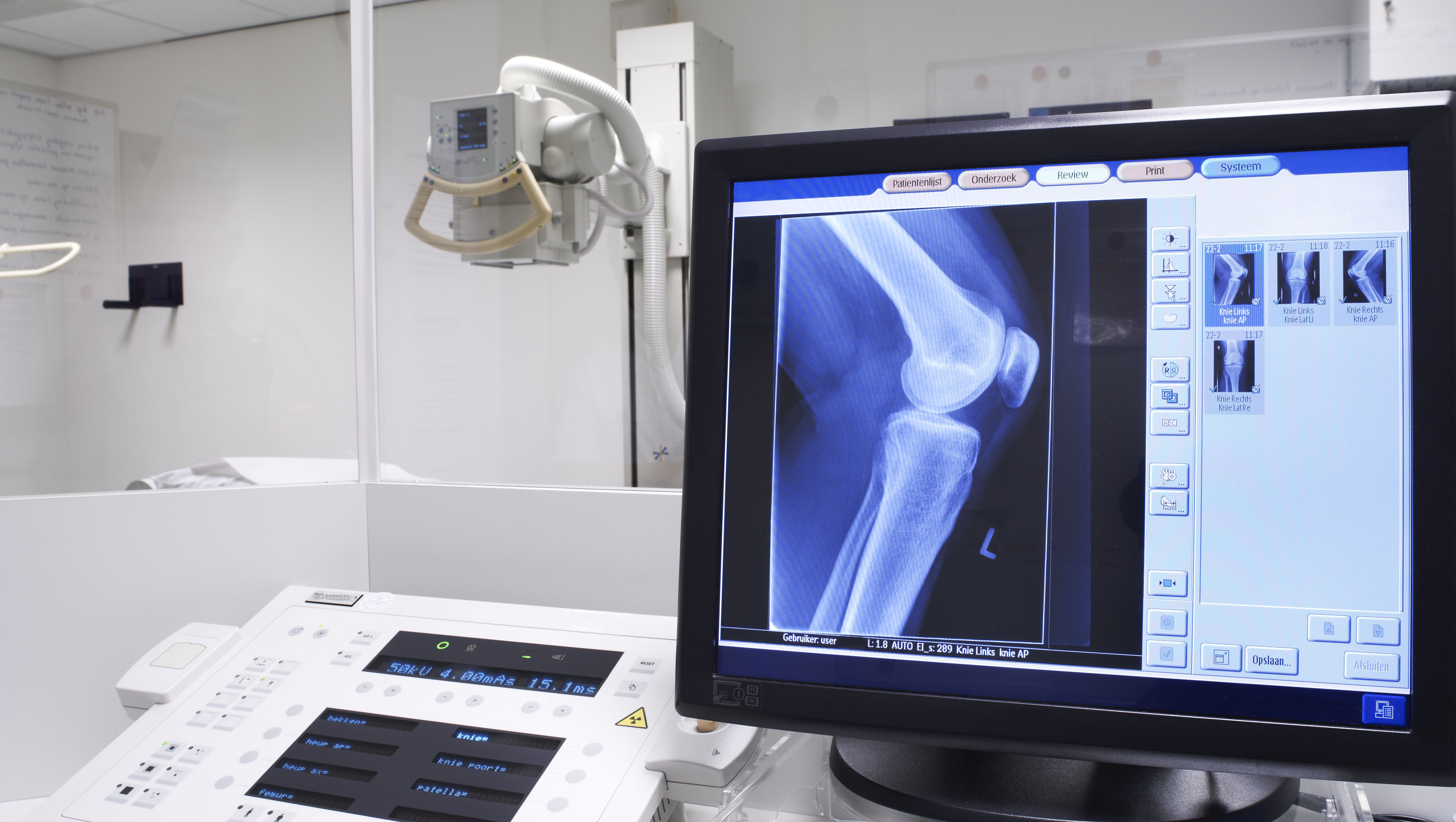Just as you were done revising your practice systems and processes for Meaningful Use and MACRA/MIPS, a new Medicare mandate came along. One of the biggest challenges for radiology practices right now is to be able to comply with the requirement that ordering physicians use a Clinical Decision Support Mechanism (CDSM) to consult Appropriate Use Criteria (AUC) when ordering MR, CT, PET and other specified nuclear medicine exams. This rule has been on the books since 2014, but it will begin to be implemented in 2020 followed by the imposition of penalties in 2021. This is not a voluntary bonus like Meaningful Use, or the avoidance of a small fee reduction under MIPS, but rather it means there will be NO payment to the radiologist for procedures performed without using the appropriate process.
Categories: radiology billing, MIPS, MACRA, CDS, MIPS participation, radiology, AUC
It’s natural to want to compare one’s performance against others or to some standard. Radiologists often chat among themselves about the number of exams per year they read or maybe the number of RVU’s (Relative Value Units) they generate. While there are inherent problems with some of these comparisons as we outlined in our recent article Understanding the Value of RVUs in Radiology, measuring and monitoring productivity can be beneficial to a radiology practice and to the individual radiologist.
Categories: radiology, productivity, RVU
Q&A with RADPAC Director Ted Burnes on March 29, 2019
Earlier in March, we got the chance to sit down with Ted Burnes, Director of RADPAC (Radiology Political Action Committee) and Political Education at the American College of Radiology (ACR). Mr. Burnes is a native of the Philadelphia region and is a regular speaker at national Radiology Business Management Association (RBMA) and other radiology society meetings. His knowledge and passion for legislative updates and how they relate to the practice of radiology is a great resource that we are excited to share with our extensive readership.
You should evaluate your practice’s revenue cycle management method at least annually, whether you have an outsourced RCM vendor or if your billing and collection is done in-house.
Categories: revenue cycle management, radiology, outsourced RCM
Understanding The Valuation Changes In The Final Medicare Fee Schedule For 2019 on February 27, 2019
Our review of the proposed 2019 Medicare Physician Fee Schedule (MPFS) showed that 201 Professional Component (PC) codes and 213 Global codes were to be decreased by at least 1% in the Diagnostic Radiology 70000-series of CPT codes. In the final MPFS, only 46 PC codes were reduced by 1% or more, but 280 global codes were reduced by at least 1%. The number of codes expected to increase in payment did not change as dramatically, but in both PC and Global billing fewer codes were increased than we expected. Here are the details:
Categories: radiology reimbursement, interventional radiology, MPFS, radiology, diagnostic radiology
Medicare’s AUC/CDS Mandate Will Begin Next Year on January 29, 2019
We’ve been watching the development of the Appropriate Use Criteria/Clinical Decision Support (AUC/CDS) requirement since 2014 when it was first included in the Protecting Access to Medicare Act (PAMA 2014). The latest Medicare Physician Fee Schedule (MPFS) confirms that the requirement to use CDS will begin this coming year on January 1, 2020, but imposition of any penalties associated with the referring physician’s failure to do so will be delayed until 2021. We are currently in a voluntary reporting period that runs through the end of 2019, so it’s a good time for every radiology practice to review where it stands with regard to this important Medicare regulation.
Categories: radiology reimbursement, radiology documentation, CDS, radiology, AUC
Coding Changes That Will Impact Radiology Practices In 2019 on January 2, 2019
Click here to read our 2024 code changes update article.
Each year there are revisions of Current Procedural Terminology[i] (CPT)® that will impact the way radiology practices code their procedures and, ultimately, how they are reimbursed for those procedures. The majority of CPT code changes in radiology for 2019 are for Interventional Radiology procedures. Those that pertain to diagnostic radiology are in ultrasound, MRI, and nuclear medicine. We’ll cover the diagnostic codes first, and then go into detail on the interventional coding changes.
Categories: medicare, medicare reimbursement, interventional radiology, MPFS, CPT codes, radiology, diagnostic radiology
Pennsylvania’s “Patient Test Result Information Act” on December 21, 2018
Radiology groups who provide imaging services to patients in Pennsylvania should be aware of a new state law known as the “Patient Test Result Information Act,” or Pennsylvania Act 112 of 2018. Originally scheduled to begin on December 23, 2018, its implementation has been delayed for a year. In order to implement compliance with this new law, radiology groups and the facilities in which they practice will have to develop a system to monitor results and identify those that require a notice to be sent.
Categories: radiology, PA Act 112
The Importance of Accepting Electronic Payments at Your Radiology Practice on December 5, 2018
In our article Best Practices in Radiology Patient Billing, we identified a greater focus on practice billing processes as a critical element in improving patients’ satisfaction with the practice, and we encouraged practices to accept electronic payments. According to the InstaMed Trends in Healthcare Payments Eighth Annual Report 2017 released in May 2018, “Consumer loyalty is increasingly tied to the healthcare payments experience as 65 percent of consumers would consider switching healthcare providers for a better healthcare payments experience.”
Categories: radiology reimbursement, medical billing, patient billing, patient collections, radiology, patient experience
Review of The Medicare Quality Payment Program for 2019 on November 19, 2018
With the publication of the Medicare Physician Fee Schedule (MPFS) Final Rule for 2019, which includes the Quality Payment Program (QPP) Final Rule, we can now review how radiologists can prepare to maximize their 2021 Medicare reimbursement through QPP participation in 2019. The QPP includes both the Medicare Incentive-based Payment System (MIPS) and Alternative Payment Model (APM) tracks. Since most radiology groups are currently participating in MIPS, we will focus on steps to take for successful participation in this program.
Categories: MPFS, MIPS, Quality Payment Program, radiology, QPP, APM












.jpg)
